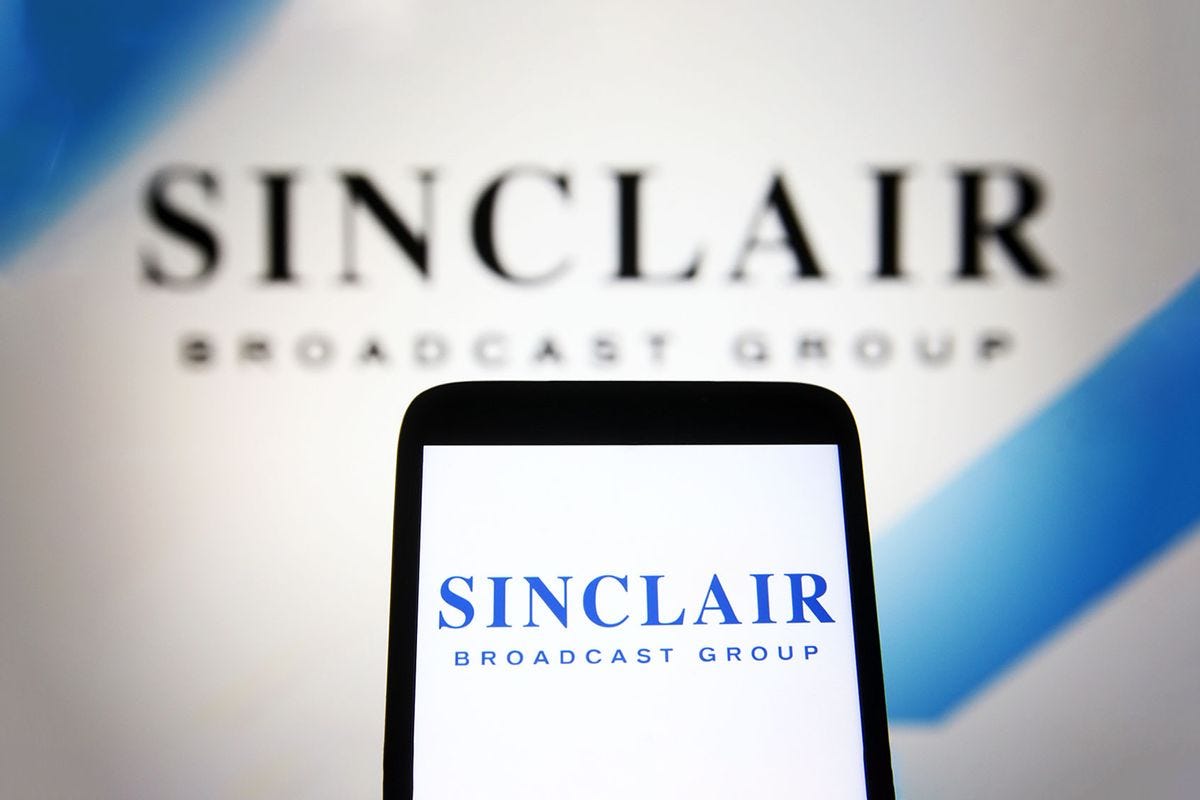Propaganda used to be a dirty word in this country. Long associated with authoritarian regimes in countries like Russia and China, propaganda as it has been understood over the decades meant centralized control over the way a nation’s citizens access the news — not just the news about the country they live in, but about that country’s place in the world.
When Vladimir Putin took over in Russia a decade after the collapse of the Soviet Union, one of the first things he did was to begin his gradual seizure of control over the Russian media. Ownership of newspapers and broadcasting stations, both television and radio, had only recently been privatized, and Putin engineered a process whereby one news outlet after another was sold to friendly oligarchs. Eventually, virtually all formerly independent news outlets were returned to de facto state control as Putin tightened his grip on power.
In Hungary, right-wing Prime Minister Viktor Orbán has sought to follow the Putin model, closing unfriendly news outlets for violating various newly-passed laws and turning them over to the control of oligarchs friendly to his regime. Right-wing media figures like Tucker Carlson, and through him, broadcast companies like Fox News have approvingly noted Orbán’s control over how people in Hungary get their news. When Carlson was the biggest prime-time host on Fox News, he even broadcast his show from Budapest for a week, promoting Orban and the “illiberal democracy” he brought to his country.
In this country, the takeover of broadcast and print news has progressed more slowly, but arguably just as surely. Sinclair Broadcasting, owned by the arch-conservative Smith family of Baltimore, went on a buying spree that began back in the 1980s and ‘90s, taking control of local television stations around the country. They even came up with a way of getting around FCC rules that barred ownership of two competing stations in one market by coming up with so-called local marketing agreements, which allowed Sinclair to operate a station in a given market after selling it to a corporation that would eventually come under Sinclair’s control if and when FCC rules were relaxed. Next came so-called shared services agreements, which allowed Sinclair to control a third station in Columbus, Ohio, where Sinclair already operated two stations.
Then Sinclair doubled, tripled and quadrupled down on its strategy to take over local stations, beginning another spree, this time buying multiple stations from media outfits like Cox Communications and Allbritton Communications. Cox sold Sinclair five stations, Allbritton sold seven. On Sinclair went, buying cable outlets as the Tennis Channel and American Sports Network, which broadcast lower-level college sports. In 2017, Sinclair went after Chicago-based Tribune Media, which would have dramatically increased its footprint by putting Sinclair in 10 major-city media markets. Over a period of years, that purchase eventually fell apart, but Sinclair came out of the whole thing with control of 193 stations in more than 100 markets around the country.
This is an excerpt from my weekly column in Salon. To read the rest of the column, go here:




We need again to regulate how many media outlets a particular company can own.
Thank you for bringing this forward. For too long, this hostile takeover of local news media, which most people trust more than any national news source. Sinclair forces its presenters (not journalists) to spout the right wing party propaganda or be fired. Opinion is presented as news. This, I believe, has laid the groundwork for the current proliferation of misinformation in our society, and most consumers are none the wiser.